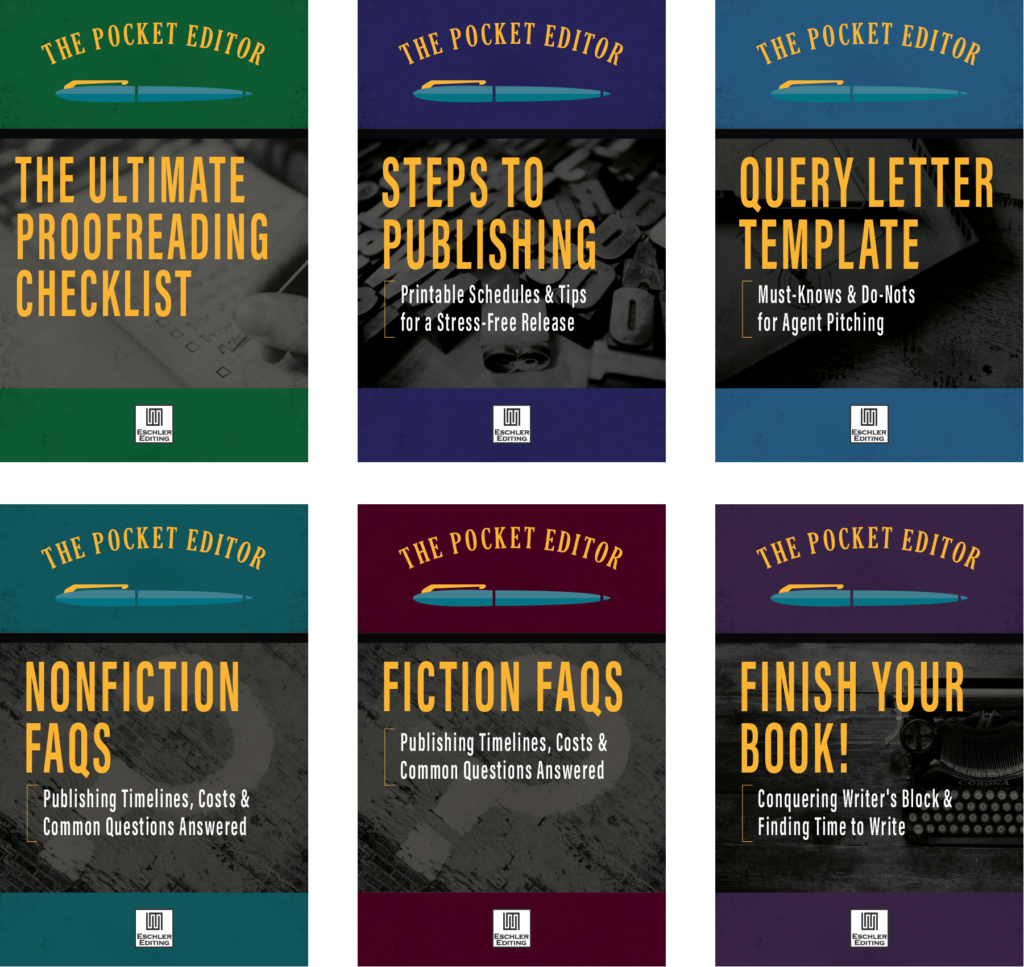Adding Emotion to Your Writing
without the Melodrama
by Amy Michelle Carpenter and Angela Woiwode
Many writers struggle with making their writing shine and adding emotion without making it melodramatic. It can be tempting to rev up the drama in every scene to ensure that your readers feel each emotional pang your characters feel. But a writer who does so is like a musician who sings each note with as much gusto as he can. Emotional emphasis everywhere means nothing stands out.
Authors walk a fine line between meeting the reader’s demand for compelling emotional drama and stepping into the melodramatic realm of mustache-twirling villains and fainting damsels. In the end, these heavy-handed emotional tropes are shallow and produce unsatisfying emotional responses in the reader. So where is the line?
The line is where a reader starts to notice the author’s attempts to manipulate their emotions.
Consider a movie’s sound team. Barely anyone watches a movie and thinks, “Wow! That spaceship door opening is the coolest sound ever! Bravo, sound team!” They don’t see what went into producing that effect: the sound designer waking up to the loud, and annoying, rise and descent of the garbage truck’s automated side loader—then suddenly realizing it’s the perfect foundation for that spaceship-door sound effect. The audience doesn’t know he chased after that truck in bare feet and pajama pants, equipment in hand, and then had to convince its operators to let him record their truck. The sound is just there in the finished product, and the audience is far more interested in what that spaceship door will reveal than the sound it makes. They’ll only notice the sound when it doesn’t quite fit or when it draws attention to itself. They won’t realize the effect that well-done sound has on their emotions—amping up the tension. Yet, without that sound, the emotion in the scene stutters to a halt.
Well-done writing delivers emotion we don’t see coming but feel completely (say, bawling in the privacy of our rooms as we finish that romance novel—then proposing to the man at the bookstore who suggested the book). And poor writing has the same problem as that sound effect that doesn’t quite fit: heavy, overly emotional/dramatic scenes will stick out like a sore thumb. (Ever rolled your eyes while reading a romance?) If the reader starts picking up on what you as the author are up to, something’s off. An author has succeeded when readers simply feel the intended emotion and fail to recognize all the work that went into crafting their response.
The Foundations
The first step is to understand the purpose of emotion as it applies to story.
The story drives the emotion.
The story comes first, and any emotion must arise organically from the story’s events and their effect on the characters’ lives and goals.
This means readers need a sympathetic character—someone they can relate to and root for. When the reader becomes invested in a character, simply putting that character in good or bad situations is enough to get the reader to start feeling the emotion.
A well-structured story also provides the framework for an emotional reader response. Make sure that every scene contains conflict and, when possible, put characters in dilemmas that force them to choose between bad and worse. Keep the stakes high. Make them race the clock. However, a word of caution: authors must avoid creating unbelievable plot twists or inserting unnecessary scenes simply for the sake of emotion.
Emotions must be organic.
Every emotional reaction must be justified by the characters’ personalities and pasts.
For example, if your main character walks into a party and sees his long-term girlfriend locking lips with some other guy, fainting would be a melodramatic response. But if your main character recently underwent a lifesaving medical procedure that merged his genetic code with a fainting goat’s DNA, the fainting could work. Consider all factors—how long they’ve been dating, how invested our character is in this relationship, whether he had suspicions, his past breakups, etc.—and ensure these add up to how he responds.
Organic emotional responses can still surprise the reader, but we must explain these unexpected responses eventually. Surprising responses add characterization, hook the reader with questions, and provide foreshadowing and can therefore be powerful tools, but only if given appropriate context.
Keep the story moving.
Emotion tends to turn melodramatic when an author dwells on it, so beware of pulling the story to a halt in order to explore the characters’ emotional depths.
The amount of emotion in a scene depends largely on genre. A high-paced thriller requires far less emotional exploration than a romance novel. Knowing your genre and audience helps you locate the emotional sweet spot.
Knowing where different emotional descriptions belong also helps keep the story moving. Stories consist of scenes and sequels. A scene contains high drama, happening now, with little to no time for reflection. The scene forces the character to make decisions. The sequel follows the scene and gives the character time to process and plan what to do next. Readers are far more likely to have patience for deeper emotional exploration during sequels than scenes.
The Specifics
Now that we know some general rules, we can turn to specific strategies.
The Power of Showing
Showing invites the reader into the character’s head, keeps the story moving, and creates a vivid picture. Authors must be mindful, however, of how they show. It’s tempting to use exclamatory and dramatic dialogue to show what the character feels, but unless the character is that way (like Mrs. Bennett in Jane Austen’s Pride and Prejudice ), this often doesn’t work. According to former literary agent Noah Lukeman in his book The First Five Pages, a sign of melodrama is too many exclamation points—and less is often more. Consider the power of understatement while crafting dramatic scenes and look for ways to allow the characters to feel their emotions as opposed to verbalizing them.
For example, in Disney’s Mulan (the cartoon), Mulan enters a village destroyed by the Huns. She can see no survivors among the burned homes. Most viewers will have difficulty relating to her emotional experience as she processes the scene, providing a challenge to the animators. How can they provoke viewers to feel Mulan’s shock and sadness? How can they emphasize the moment Mulan finally understands the full scope of the war she has volunteered to fight? They show her picking up a doll from the smoldering debris, allowing viewers to comprehend the unbearable cost of what occurred there and the enemy she will eventually have to face. The animators’ decision to channel Mulan’s emotions through the doll creates a much more authentic emotional response from the viewer than if she had sat down and bawled while soliloquizing about the realities of war, her sadness over the devastation, and her fear of what’s to come.
The Power of Contrast
In the burned-village scene in Mulan, contrast also comes into play and helps amp up the emotion. Mulan is singing and joking with her fellow soldiers on the road when the ruined village comes into view, and all merriment promptly ceases. Thus far, their training has been a bit of a game with competition between soldiers providing the biggest conflict. In this moment, they confront the full gravity of their enemy and the reality of what they’ve trained for.
Another way to utilize contrast is by varying the emotional intensity from scene to scene. Characters shouldn’t bawl, squeal, get into fistfights, cry, or scream out death threats every time they feel an intense emotion. This type of character behavior is akin to the little boy crying wolf. After two or three false alarms, readers start to roll their eyes instead of becoming emotionally invested. Choose your characters’ moments wisely. Then, when you insert emotional intensity in a scene, readers understand it’s a big deal. They know this moment is for real, and they let the characters’ emotions influence their own.
The Power of (Stealing from) Poetry:
When it comes to emotion, study the poets. In an extremely short amount of time, poets establish a tone (the speaker’s attitude toward the subject) and a mood (the audience’s emotional response) and often shift the tone/mood midpoem. Bulk up the emotional effect of your prose writing by stealing successful poetic strategies.
One of the most effective poetic strategies is diction (word choice). Take a poem you respond to emotionally. Print a copy and mark any word that has a positive connotation (the emotion connected to the word) with a + sign. Mark any word that has a negative connotation with a – sign. You should see a correlation between the ratio of positive and negative connotations with the overall tone and mood of the poem. A sad poem will have more negative connotations, and a happy poem will have more positive connotations. Chances are you can find synonyms for each word with the opposite connotation: nag (-) and remind (+), cheap (-) and inexpensive (+), miserly (-) and economical (+). Take a few lines of the poem and replace the loaded words with their connotative opposites and see what happens to the emotion.
Prose writers can use diction to their advantage too. Find words with connotations that support the emotion of the scene and avoid words with connotations that distract from it.
Poetry contains an impressive arsenal of devices prose writers can use to subtly achieve a maximum emotional punch. Other possibilities are:
- Personification: A doorway could welcome or mock a character depending on the required emotion. Find objects that can be personified.
- Analogy (simile or metaphor): Compare the situation or character to an image or idea that also carries the desired emotion.
- Allusion: Parallel the character or situation to someone or something well-known.
- Repetition: A repeated sound or thought could highlight an emotion.
- Line/word length: Short sentences (or fragments) with short words move a reader quickly through the story and create tension. Long sentences with long words are leisurely and create a sense of calm.
- Setting, tone, and mood: There’s a reason Poe’s “The Raven” is set upon a midnight dreary behind a chamber door in the midst of a bleak December. It wouldn’t carry the same sinister emotion if set at high noon in a freshly mowed backyard in the beginning of summertime. Settings can (and should) do more than provide the simple where and the when of a story.
A word of caution, however, is to treat these poetic devices like habanero peppers in the vat of chili—a little goes a long way. Poets want readers to slow down, reread, and really think about the words. Prose writers want readers to keep moving.
The Power of Imagery (Senses)
Prose writers use a great deal of visual imagery as their characters move around in the world and describe what they see. What other senses can an author use? Does the scene’s emotion heighten any other senses? People listen more closely when they are frightened but stop comprehending words when in shock. A starving person may smell more intensely. A person in pain will register that pain before anything else.
Look at the scene and consider what sounds, smells, textures, and tastes contribute to the desired emotional reaction.
The Wrap-Up
Emotional responses to your story are one of the greatest rewards—at least, the positive responses are; the responses that connect your reader to your characters in a way that makes them care about what’s happening to them. But if your reader is rolling their eyes at your characters’ actions and reactions, they won’t stick with them for very long. So rather than manipulating—forcing!—your readers into noticing the emotions of your story, take a step back and let the feelings come naturally. So if your villains are twirling their mustaches and your damsels are fainting, make sure those reactions fit their personalities and that the purpose is to elicit an emotional response that drives your story.
Do This Now
- For an in-depth look at scenes, sequels, and their effect on a story, read Scene and Structure by Jack Bickham.
- Research the emotional expectations of your chosen genre.
- Complete the diction exercise we mentioned in the “Stealing from Poetry” section and see what happens to the emotion in your story.
- Above all, use a light touch, and don’t let readers catch you manipulating their emotions!







0 Comments